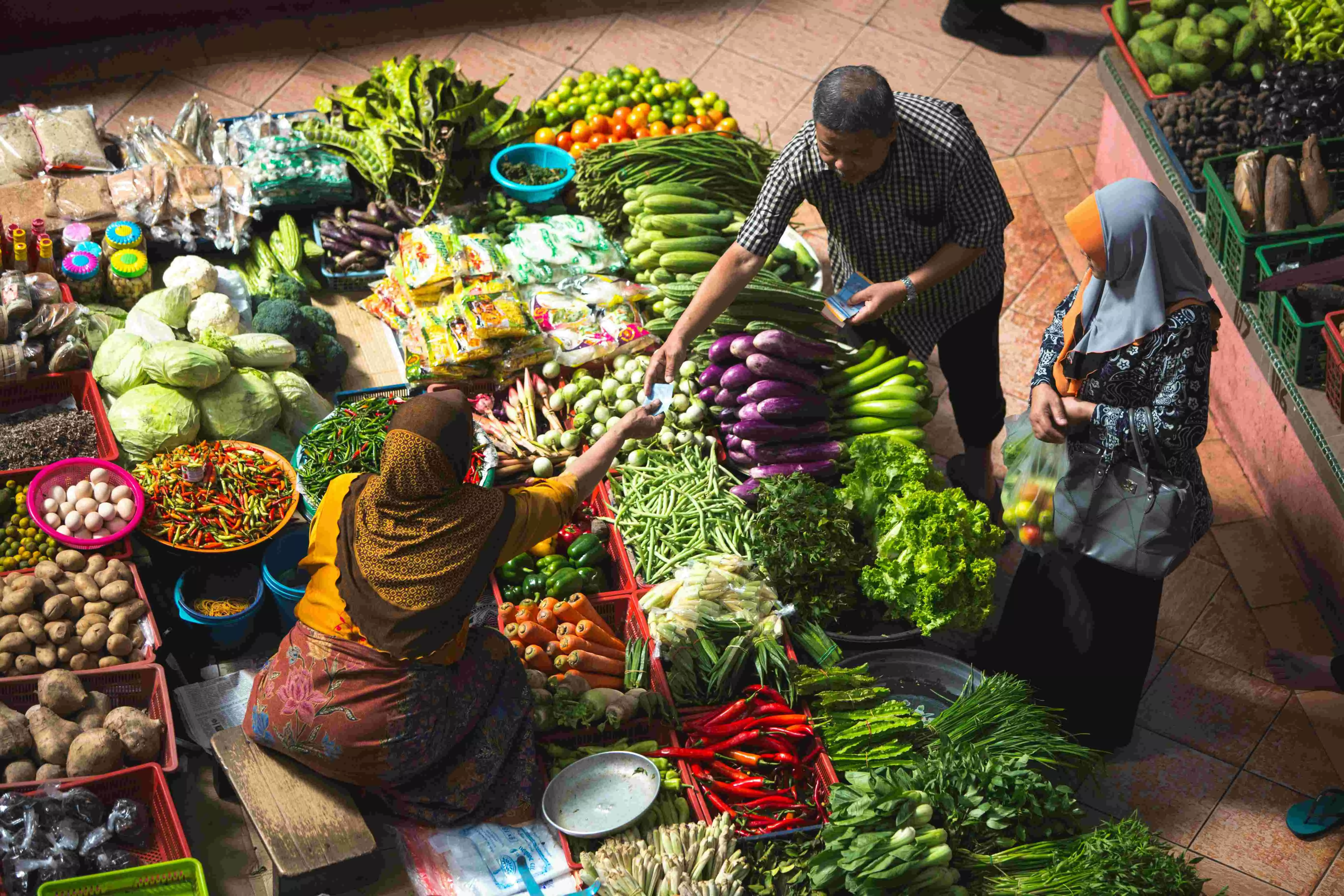Cautious optimism

The inflation data for May, released by the National Statistical Office (NSO), appears to be perpetuating a paradoxical situation wherein headline inflation trends continue to mask underlying challenges, particularly in the food sector. While consumer price index (CPI) inflation dropped slightly from 4.83 per cent in April to a one-year low of 4.75 per cent in May, this apparent progress is undercut by persistently high food inflation, especially in urban areas. On the surface, the reduction in CPI-based inflation seems promising. This is the fourth consecutive month that inflation has remained below the Reserve Bank of India's (RBI) upper tolerance limit of 6 per cent, aligning with the central bank’s projection of a 4.5 per cent average inflation rate for the year. Notably, non-food inflation provided some respite, hitting a record low of 2.3 per cent. The core inflation, in which the price gains in the food and fuel sectors are ignored, has also come down to a mere 3 per cent. The challenges before the policymakers are thus very specific.
The persistently high food inflation, sticking at around 8.7 per cent, has played the spoilsport — offsetting the respites registered in the non-food sector. Notably, May has been the fourth consecutive month in which food inflation has remained above 8.5 per cent. For urban households, the situation is particularly acute, with food prices spiking by 8.83 per cent. The rural food inflation, on the contrary, has eased marginally from 8.75 per cent in April to 8.62 per cent in May. It may also be noted here that though there has been a year-on-year decline, on a month-on-month sequential basis, the Consumer Price Index (CPI) increased by 0.5 per cent in May, and food price index rose by 0.73 per cent. The hints of the favourable base effect, expected over the coming months, might already be manifesting. Specific food items continue to drive the current inflationary trend.
Vegetable prices surged by 27.3 per cent in May, and cereals and pulses saw inflation rates of 8.7 per cent and 17.14 per cent, respectively. This ongoing spike in essential food prices may erode purchasing power, particularly affecting lower-income households.
Another notable reading from NSO’s data has been the sharp urban-rural divide. While rural inflation was at 5.3 per cent in May, urban inflation stood at 4.15 per cent, reflecting the third month of a clear discrepancy between the two. This trend is partly incomprehensible since villages are, most of the time, primary producers of food and other raw materials. Many rural households are also self-sufficient in agricultural and dairy food products. Policymakers must consider this divergence in inflationary pressures and economic conditions of urban versus rural areas.
Going forward, the trajectory of food inflation will likely hinge on the progress of the southwest monsoon. A normal monsoon could alleviate some price pressures by enhancing agricultural output. There is also a need to keep a close eye on the fluctuations in global commodity prices. Given the mixed inflation signals, the RBI’s decision to maintain the policy rate at 6.5 per cent seems prudent. The central bank aims to balance inflation control with economic growth, wary of premature easing. Yet, if food inflation moderates, there is a possibility of a rate cut in the second half of the fiscal year.



